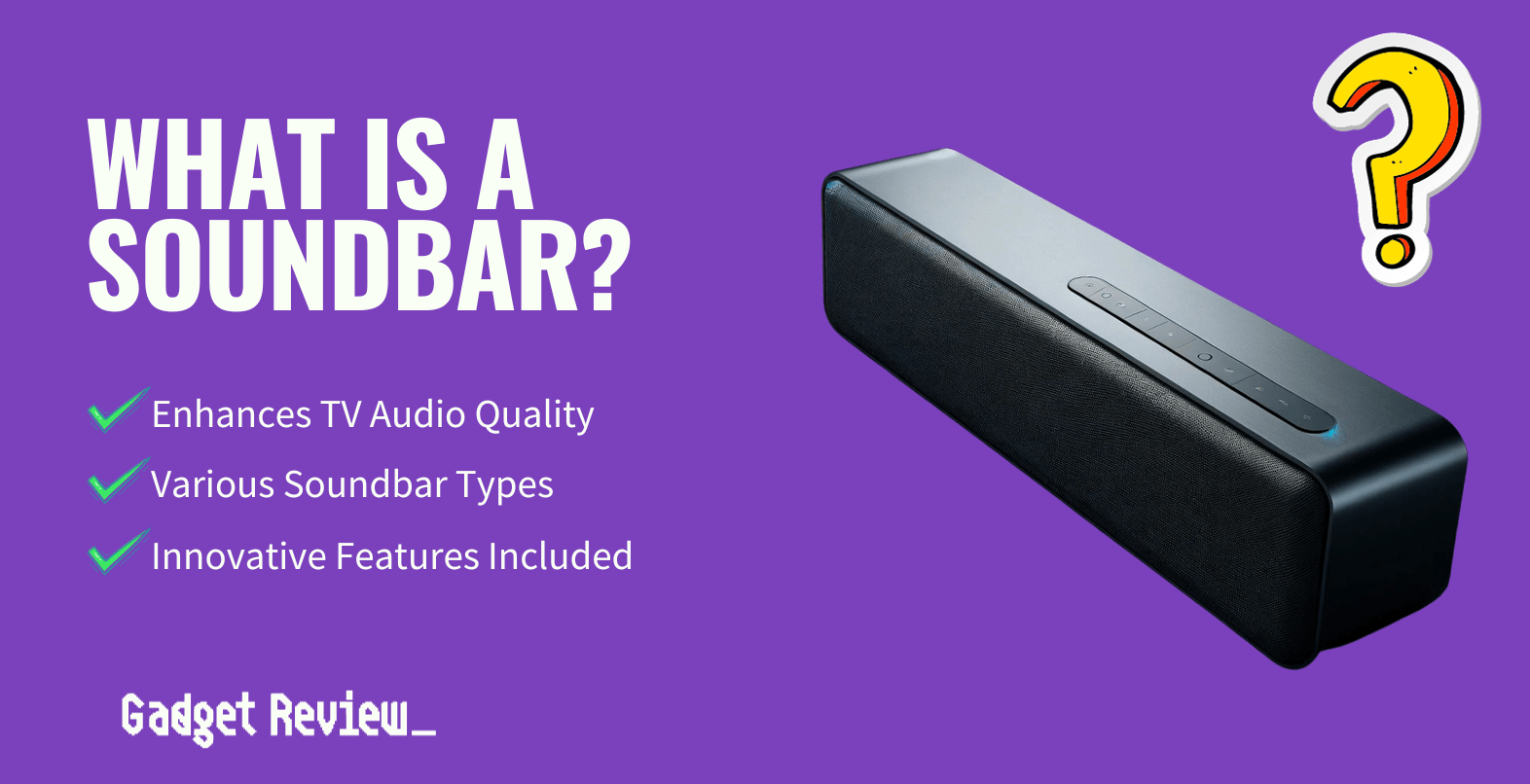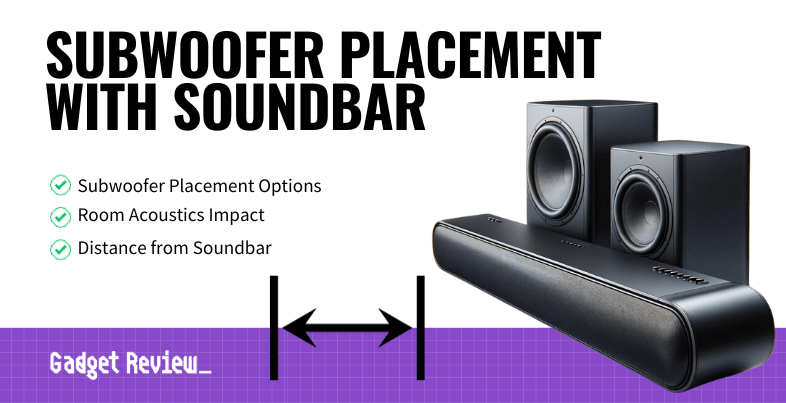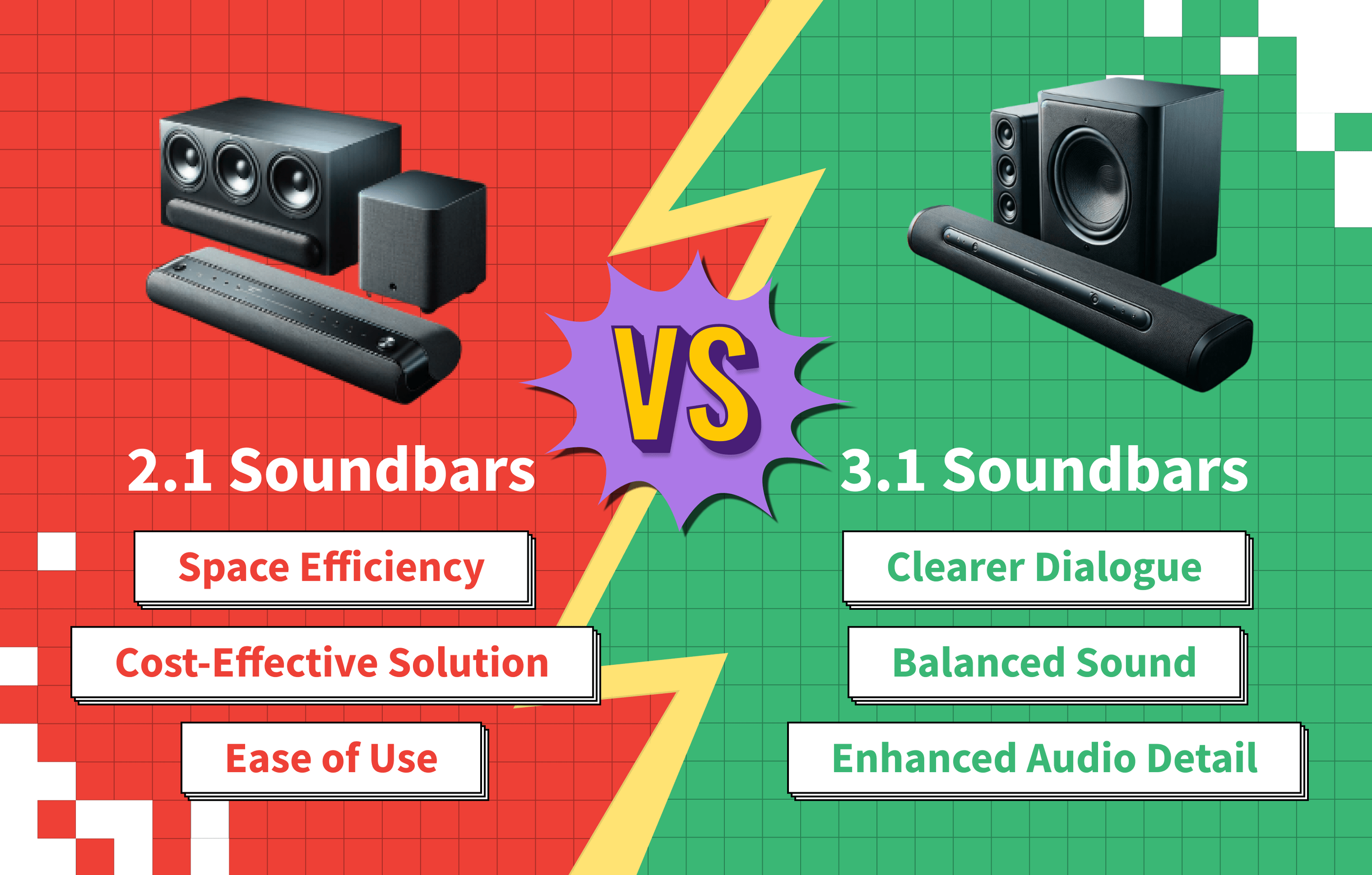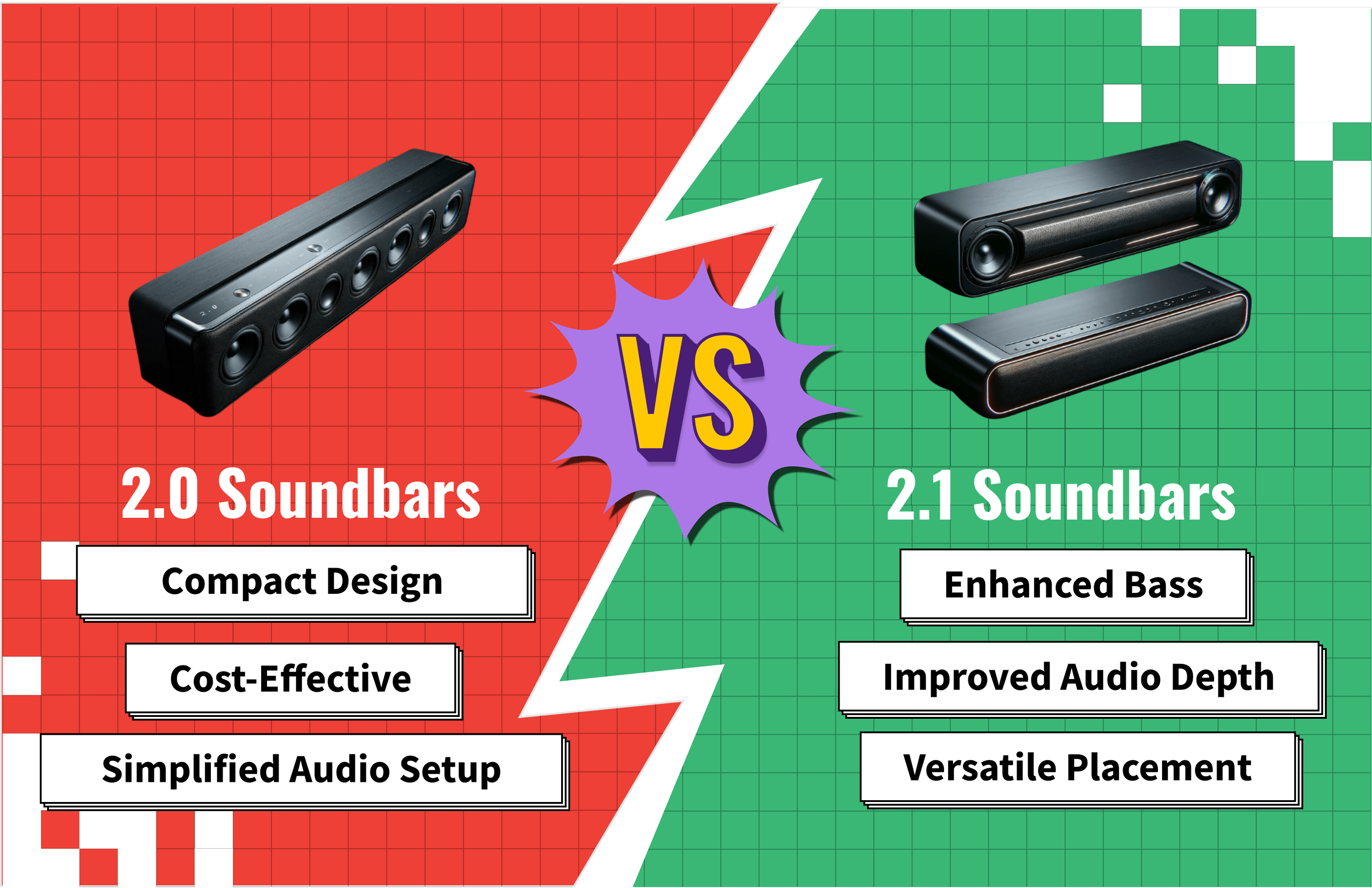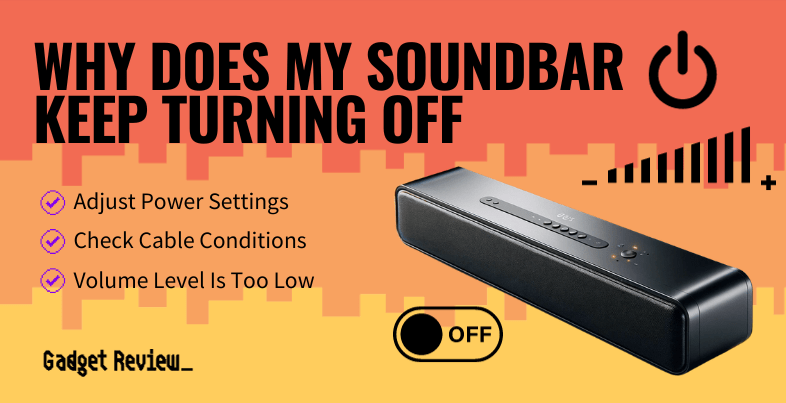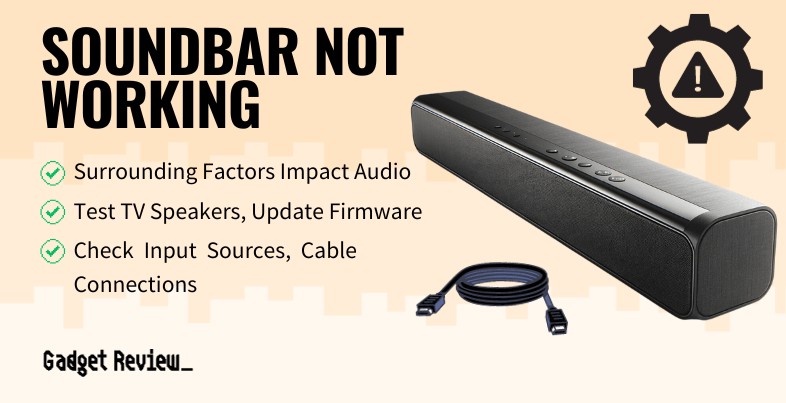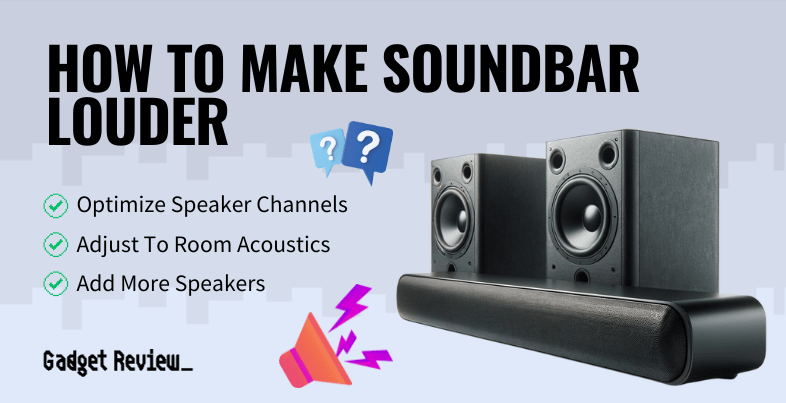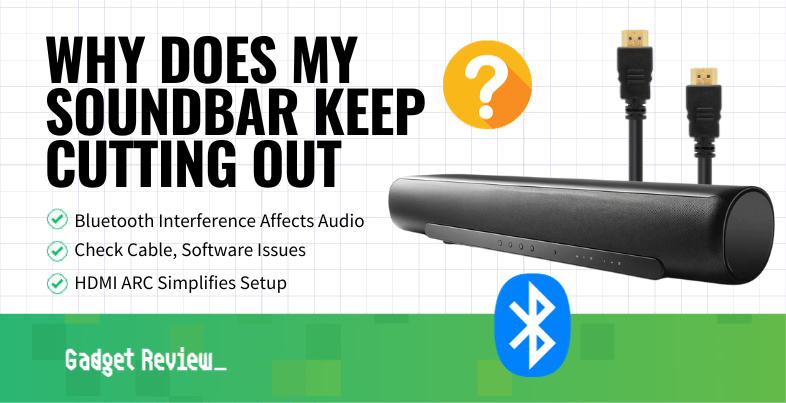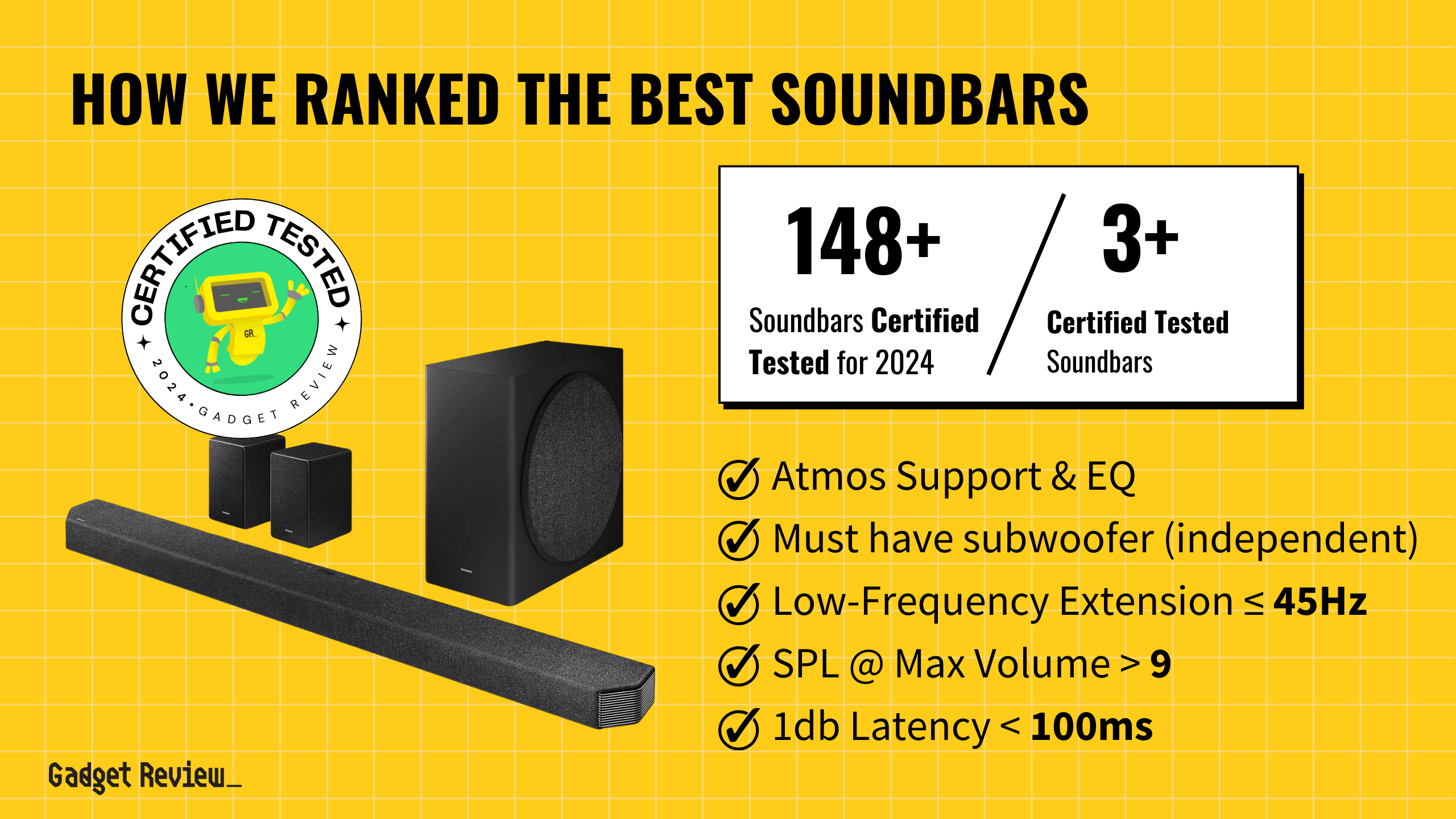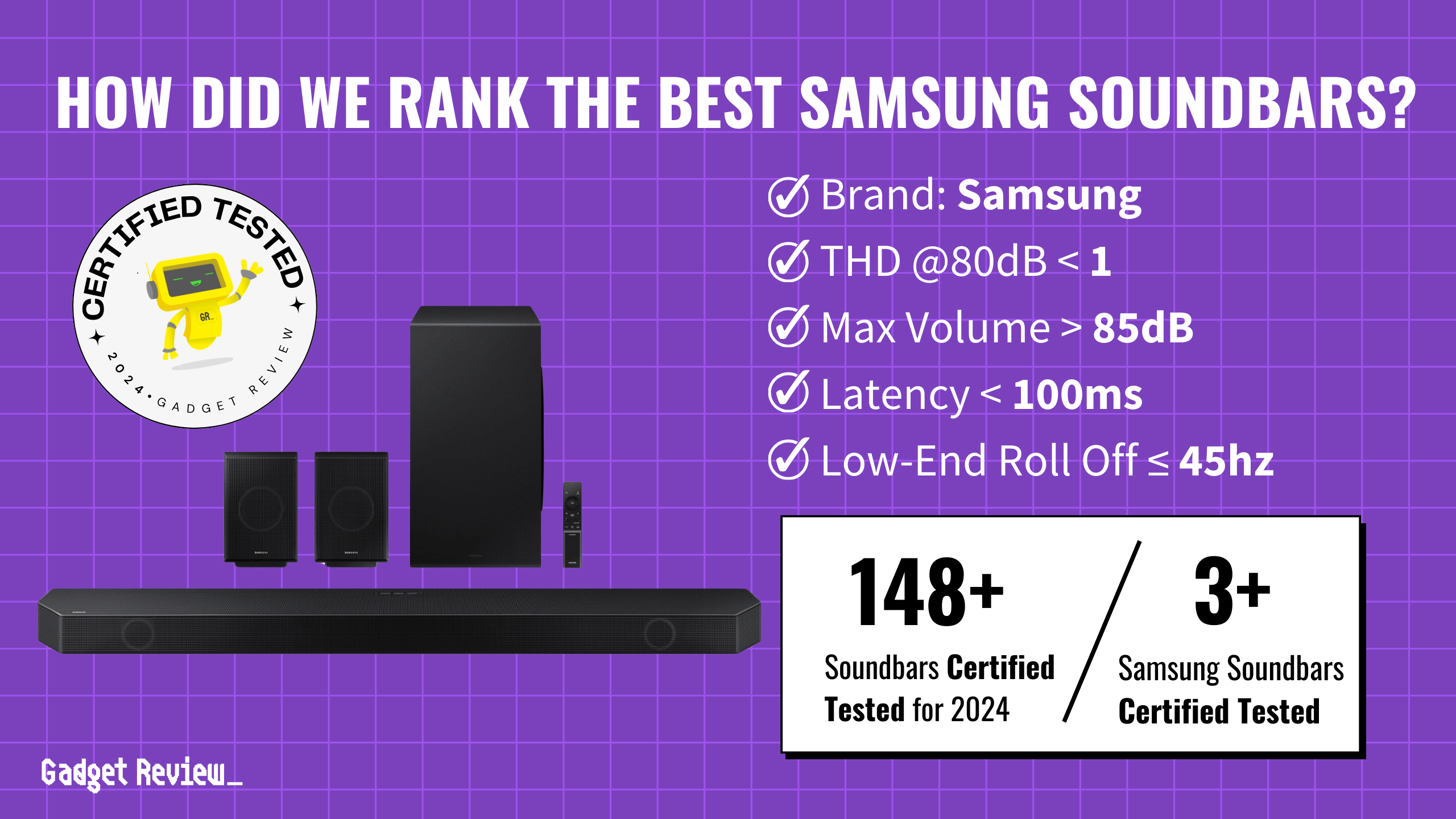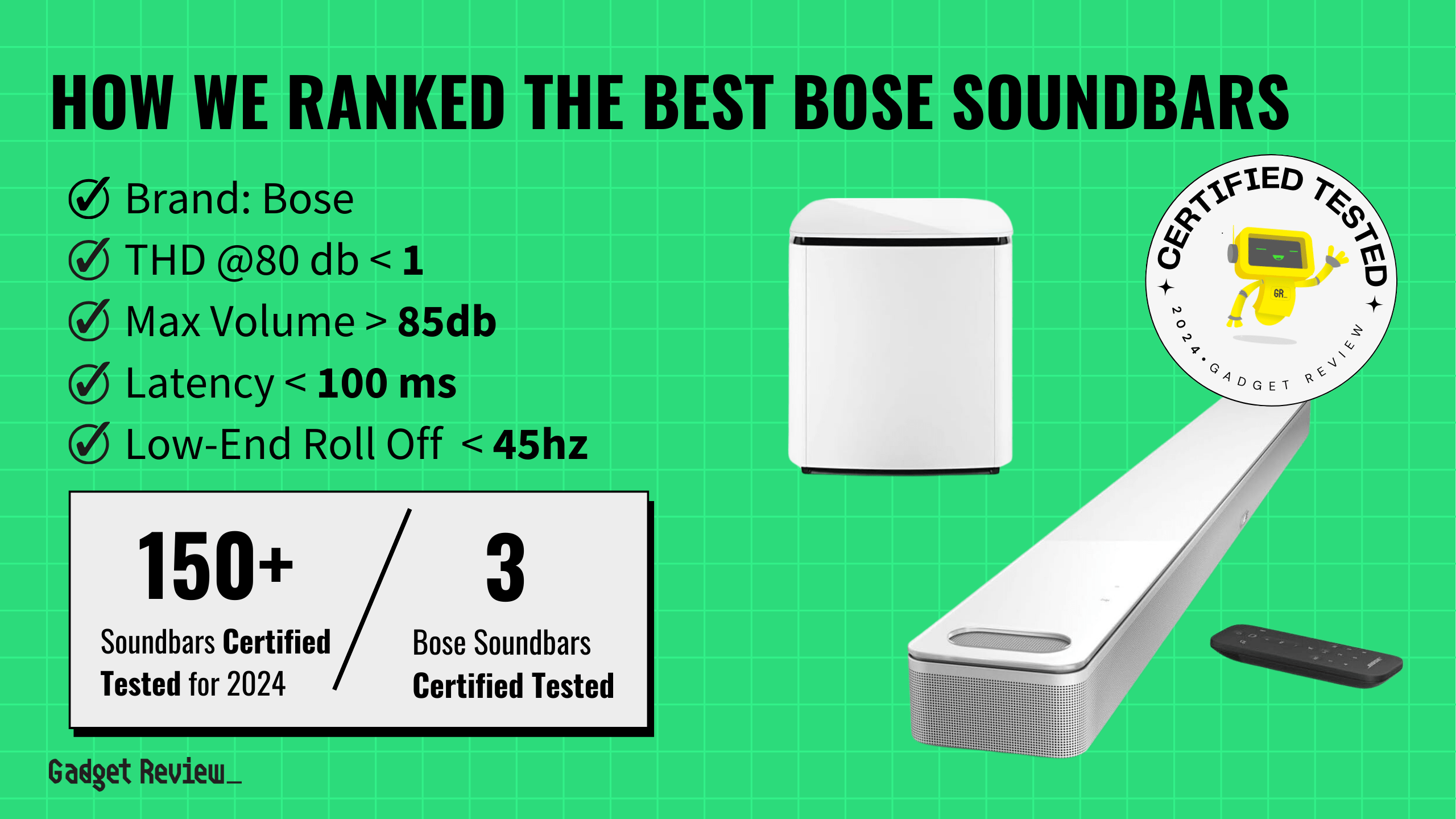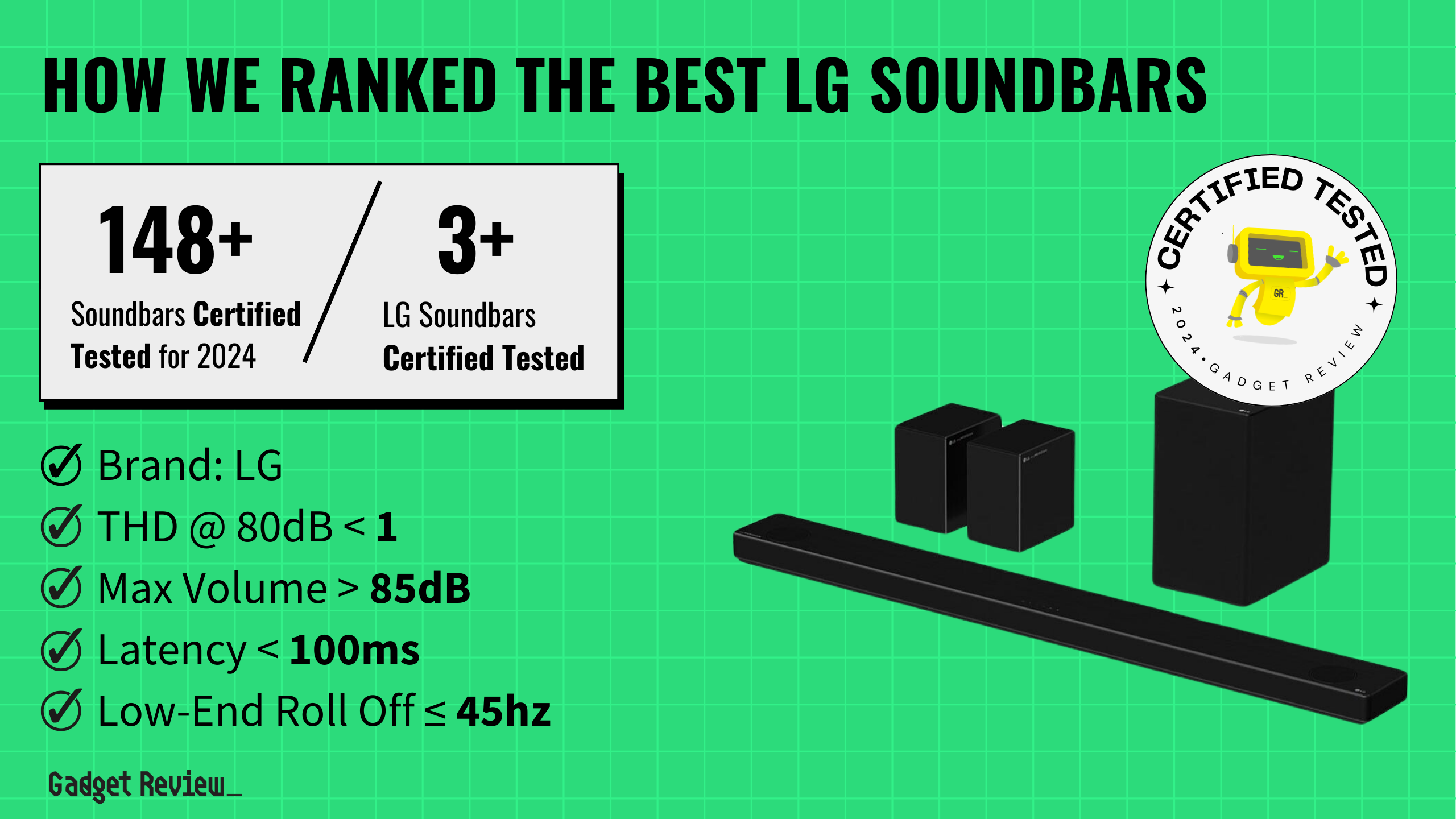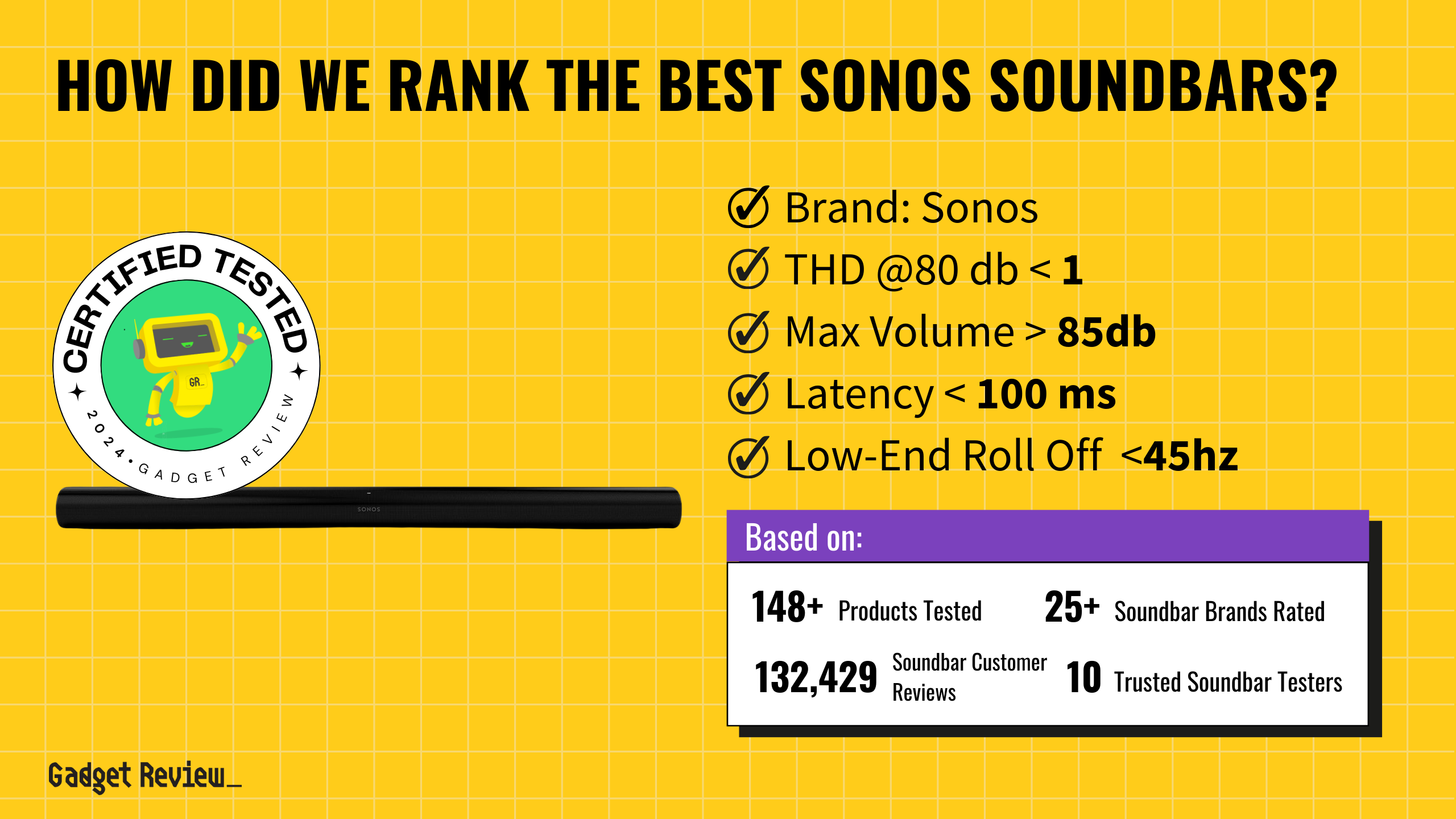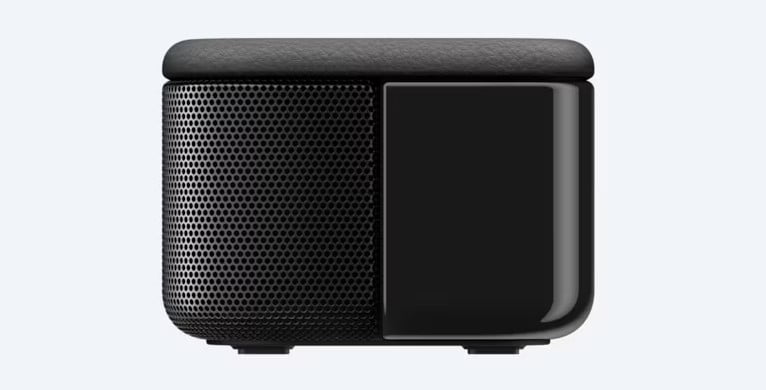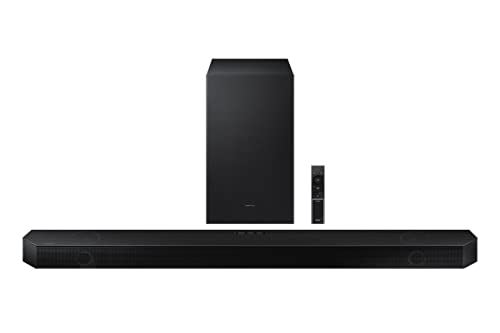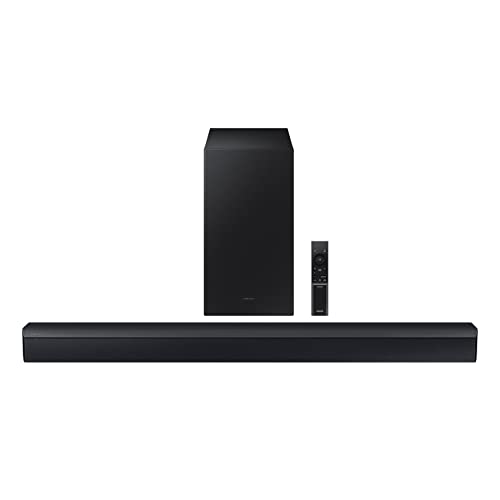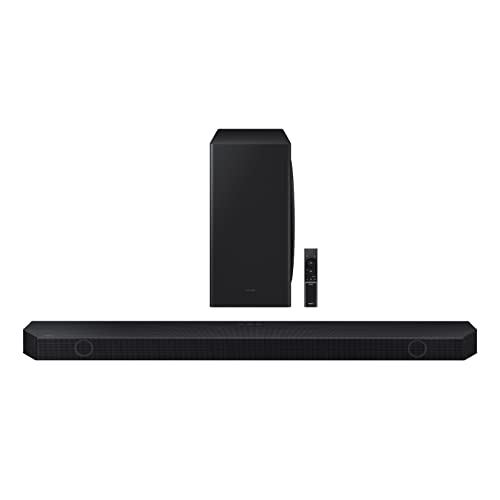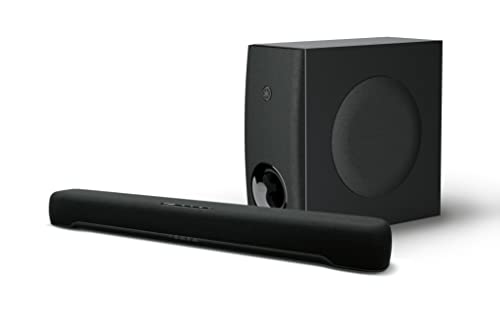Have you ever wondered how to improve your TV audio performance without spending countless hours on installation? Enter the soundbar, a game-changer in home audio. If you’re new to soundbars, they’re some of the best speakers on the market.
Soundbars are sleek, compact speakers designed to sit comfortably in front of your TV or monitor, enhancing your audio experience. They’re usually less than 2 inches tall, ensuring they don’t obstruct your screen or remote port. Some even come with wall-mounting brackets for added flexibility. They’re a major step-up for your TV’s built-in speakers, and they’re designed to be as versatile and flexible as possible.
Key Takeaways_
- The soundbar is a modern solution to significantly improving home audio quality while being affordable and not taking up too much space.
- Many come with a subwoofer for added bass.
- A smart soundbar comes with voice functionality, can connect to WiFi, and often provides the option to connect to additional speakers.
Benefits of Soundbars
Soundbars are known for several perks:
- They provide high-quality audio and make your watching experience much more immersive.
- As TVs keep getting thinner, there’s less room for manufacturers to put in powerful speakers. Getting a soundbar completes the experience and ensures you’re not missing out on any audio details.
- You have to deal with fewer wires compared to a full-on surround sound system. Whether wired or wireless, the setup is much easier.
- Soundbars come with an included or separate subwoofer that fills your room with deep bass which your TV speakers alone can’t produce.
- When you compare them to a surround sound system, soundbars are a cheaper solution to transforming your TV audio.
How Soundbars Work
They package multiple speakers into a single box that’s typically mounted below your TV or placed on a stand in front of it, sending sound into the room from the same location as the TV display. Many soundbars even feature Dolby Atmos technology, which essentially bounces sound off your ceiling to replicate the enveloping, high-quality sound you’d experience in a movie theater.
insider tip
Many audio buffs like to purchase an extra wireless subwoofer to accompany their soundbars.
Instead of setting up separate audio components and dealing with an array of cables, soundbars simplify the process through single amplified speaker technology. The result is an impressive sound experience, whether you’re tuning into your favorite action movie or simply enjoying some music.
Types of Soundbars
There are a wide range of soundbar products on today’s market, each offering a unique set of features that tie into your specific needs. They range from budget offerings under $100, to high-end units costing $300 or more. As you might expect, the sound quality, build, and feature set improve as you move up in price. For control, most soundbars come with a remote control or have built-in voice control features for a more seamless experience.
Here’s a table of types of soundbars by feature:
| Type | Unique Characteristics | Best Use Cases | Approximate Price Range |
|---|---|---|---|
| Active Soundbars | Built-in amplifiers and speakers, all-in-one solution | General home use, small to medium-sized rooms | $150 – $600 |
| Passive Soundbars | Require external amplifier, higher audio quality | Audio enthusiasts, customizable home audio setups | $200 – $800 |
| Sound Bases | Larger size, designed to sit under TV, stronger bass response | Under-TV placement, rooms where space is a premium | $100 – $400 |
| Smart Soundbars | Integrated voice assistants, smart features, voice control | Smart homes, users who prefer voice control | $200 – $700 |
| Dolby Atmos Soundbars | Height channels for 3D sound, immersive audio experience | Home theater enthusiasts, large rooms | $300 – $1,500+ |
| Wireless Soundbars | Bluetooth or Wi-Fi connectivity, reduced cable clutter | Rooms where wiring is an issue, modern setups | $100 – $500 |
| TV Soundbars | Designed to complement specific TV models, seamless integration | Matching with specific TV brands, tailored audio | $100 – $600 |
Regardless of preferences, the diverse range of soundbars available ensures there’s something that perfectly fits your home setup and viewing habits.
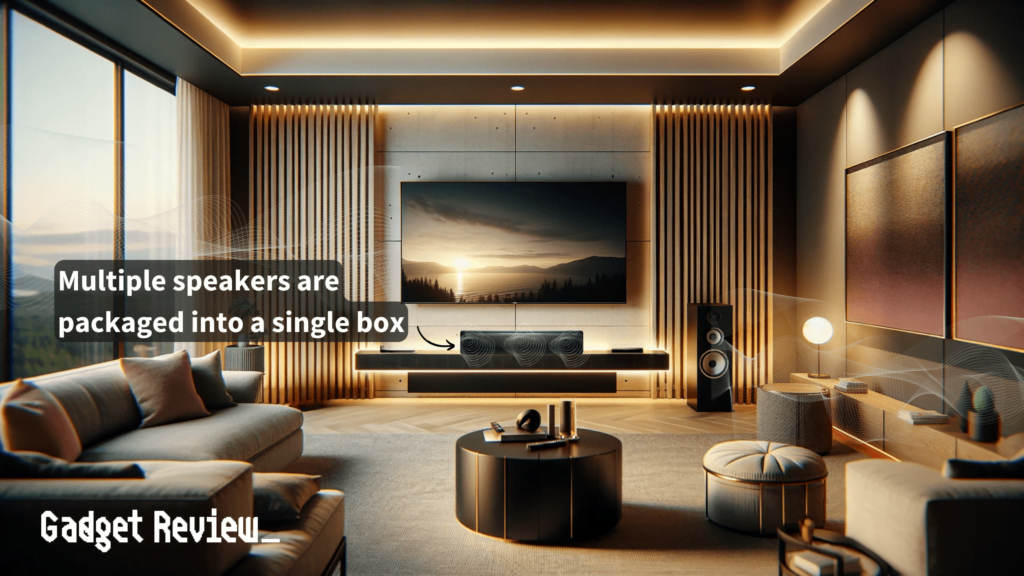
Soundbars are also classified by how many channels their boxes actually contain. The first number is the number of speakers, and the “.1” refers to a subwoofer being included.
| Type | Configuration | Ideal Room/Use | Approximate Price Range |
|---|---|---|---|
| 2.1 Soundbar | 2 Speakers, 1 Subwoofer | Small to medium-sized rooms, basic TV audio improvement | $100 – $300 |
| 3.1 Soundbar | 3 Speakers, 1 Subwoofer | Medium-sized rooms, movies and TV shows with enhanced dialogue | $200 – $500 |
| 5.1 Soundbar | 5 Speakers, 1 Subwoofer | Medium to large rooms, full home theater experience | $300 – $800 |
| 7.1 Soundbar | 7 Speakers, 1 Subwoofer | Large rooms, advanced home theater setups | $500 – $1,500+ |
The 7.1 soundbars provide the most immersive audio quality out of all of them, but not every user may need them for their own space and budget. Again, consider your own needs to determine which one is best for you. We discuss the differences between several of these types, including 2.1 vs 5.1 soundbars and 3.1 vs 5.1 soundbars. If you’re curious about the models that don’t come with a subwoofer, we cover that as when when we compare 2.0 vs 2.1 soundbars.
Innovative Features in Modern Soundbars
Gone are the days when soundbars were nothing more than a sound-amplifying box. Today’s models carry an impressive set of features that make watching movies or listening to music a completely different experience.
In recent years, features such as Dolby Atmos support, integrated wireless subwoofers, and easy setup procedures have become commonplace. Let’s take a closer look.
warning
Some soundbar manufacturers will market their products as being just as good or better than surround-sound experiences. However, most experts will say that soundbars, while often good in terms of sound quality, still can’t match the high-quality sound of a great external speaker system.
Furthermore, most modern soundbars come equipped with a wireless subwoofer. While the soundbar delivers clear dialogue and sound effects, the separate subwoofer takes care of the low-frequency sounds, or ‘bass.’ This combo enhances the overall auditory experience and delivers rich, balanced audio.
Once plugged in, your soundbar can also be calibrated to optimize sound output according to your room’s layout using the appropriate app. So, no matter where you move, getting the best sound quality from your soundbar is just a few clicks away.
These are just a few of the advancements that soundbars have seen. Be it the unmatched sound quality, the simplicity of use, or the sheer convenience, soundbars are swiftly becoming an integral part of our audiovisual experience.
So Should You Get A Soundbar?
Yes! It’s clear that they’re a game-changer in the audiovisual market. Their innovative features like Dolby Atmos support and wireless subwoofers have revolutionized the way we experience sound. Not to mention, their easy setup and calibration make them a user-friendly alternative to traditional audio systems.
STAT: The typical soundbar comes with anywhere from two to seven internal speakers plus a subwoofer.
Soundbars are a testament to how far audio technology has come, offering superior immersive sound in a convenient package. If you’re looking to enhance your audio experience, a soundbar might just be the upgrade you need. Be it for your home theater, gaming setup, or just everyday TV viewing, a soundbar could be the perfect addition. So, it’s safe to say that investing in a soundbar is a sound decision.

